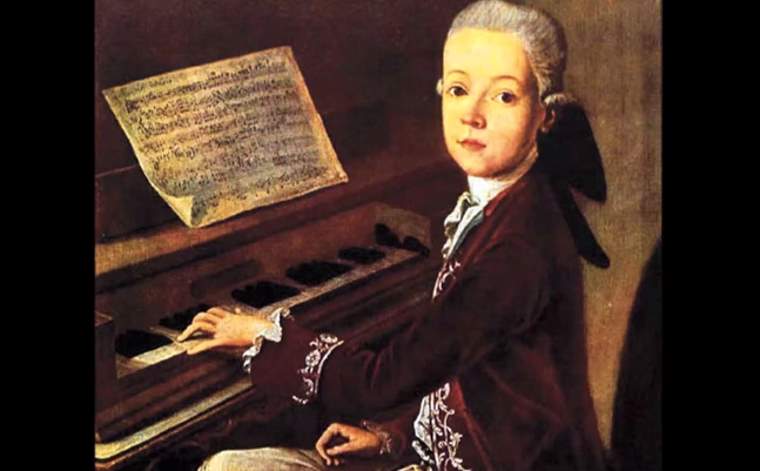Conducted by Jee-hwan Kim, Ensemble PAN performs Wolfgang Amadeus Mozart’s Symphony No. 3 in E-flat major, K. 18.
Mozart’s Symphony No. 3
The piece was once attributed to Mozart, but by today’s scholarship, it is considered not to be Mozart’s own work but instead that of Carl Friedrich Abel, a leading German composer (he was also a renowned player of the viola da gamba, and composed important music for that instrument) of the earlier Classical period.
The piece was misattributed to Mozart because a manuscript score in the hand of Wolfgang Amadeus Mozart, was categorized as his Symphony No. 3 in E flat, K. 18, and was published as such in the first complete edition of Mozart’s works by Breitkopf & Härtel.
Later, it was discovered that this symphony was actually the work of Abel, copied by the boy Mozart (evidently for study purposes) while he was visiting London in 1764. That symphony was originally published as the concluding work in Abel’s Six Symphonies, Op. 7. However, Mozart’s copy differs from Abel’s published score in that Mozart “substituted clarinets for the printed oboe parts.”
The work is in three movements:
- Molto Allegro
- Andante
- Presto
Sources
- Symphony No. 3 (Mozart) on Wikipedia


